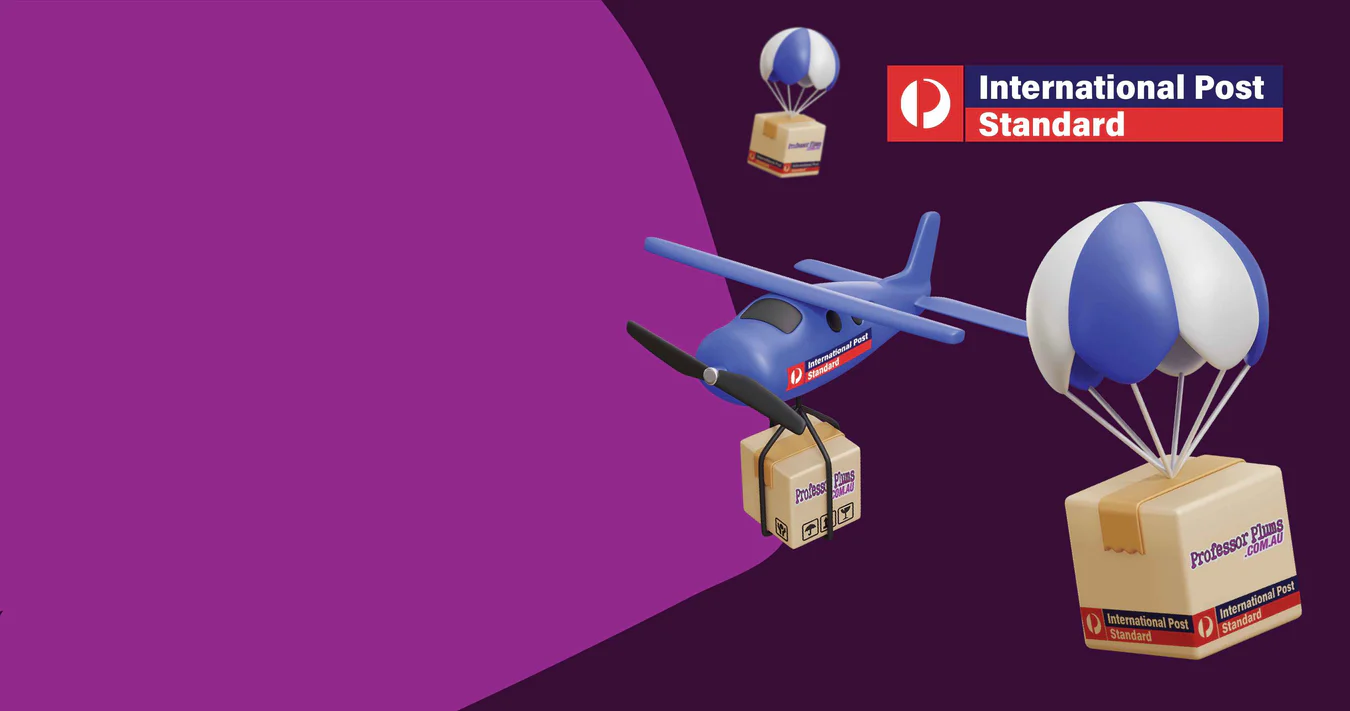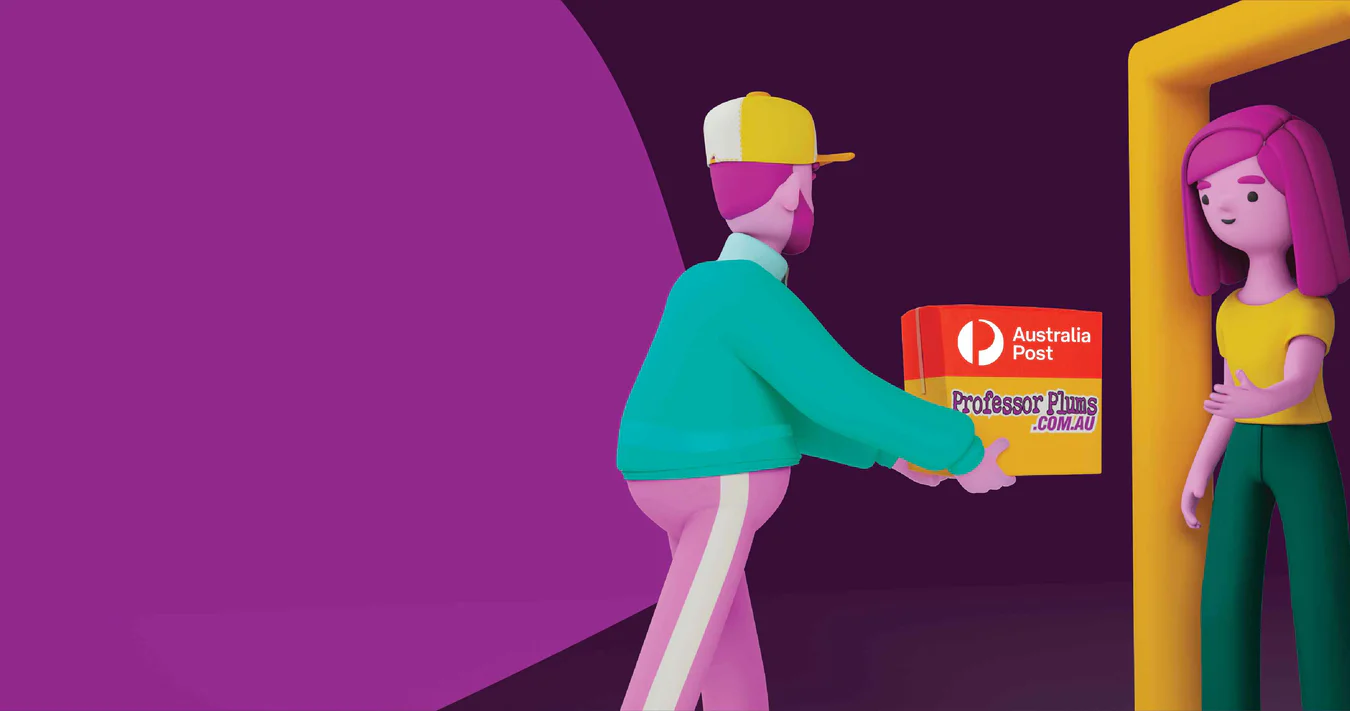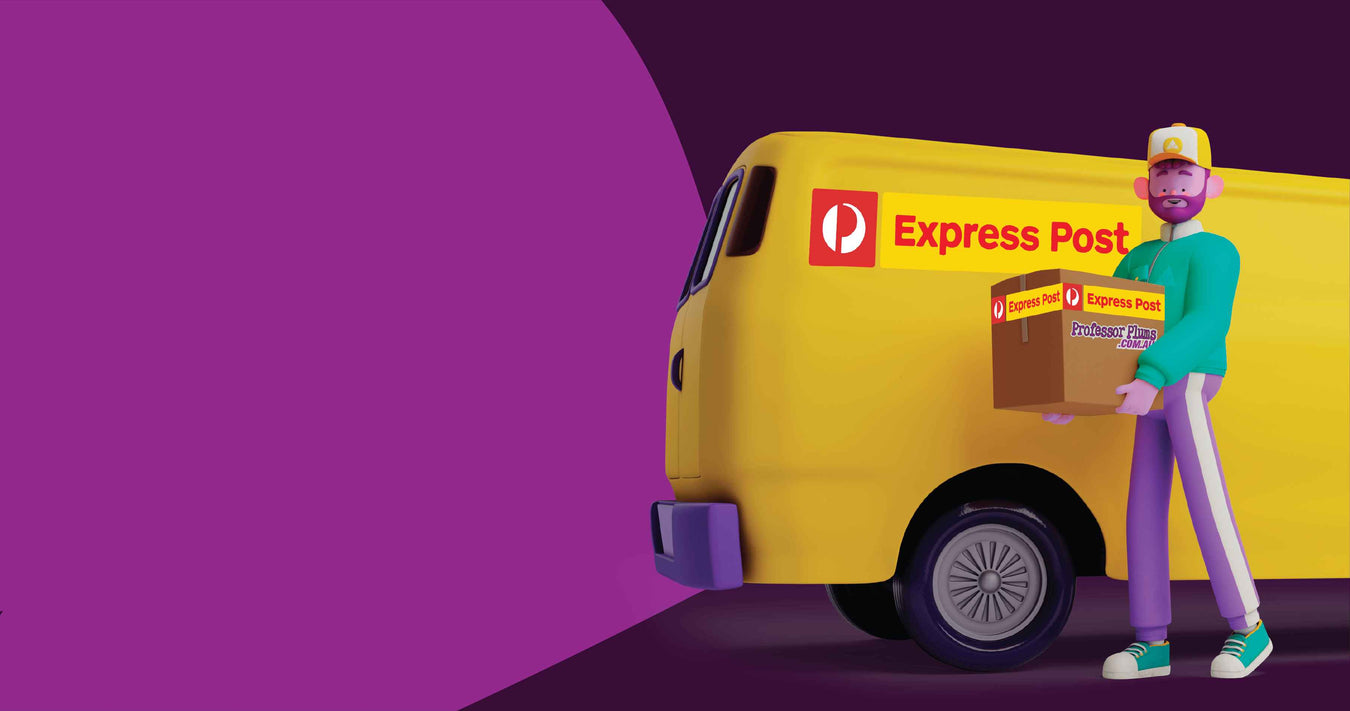
Skull with Hidden Organs
You can feel in your bones that you would not go far without your skull. This bony framework supports and protects your brain and face. The adult skull has cartilage, ligaments and 22 bones. The cranium has eight bones including the eye sockets, nasal cavity, and the mandible or lower jaw. The mandible is the only part of the skull that moves, allowing you to chew, sing or even perform Hamlet. "Alas, poor Yorick!"
Babies have flexible skulls to pass through the birth canal and allow their brains to grow. Their skulls are held together with sutures, or joints between the bones. As babies grow, the sutures help the skull grow evenly. The bones gradually fuse to form a solid skull.
Skulls have often represented death and evil. Mexico celebrates Dia de los Muertos with decorative skulls. Celtic culture viewed skills as the seat of power. In Buddhism, the skull represents emptiness and ignorance. The skull and crossbones symbol has been used in ancient funeral rituals, on the Jolly Roger pirate flag and to label poisons. Despite the historic symbolism, there is nothing negative or scary about the bones in your head. Skulls are protective and wonderful, so hold your head high.










